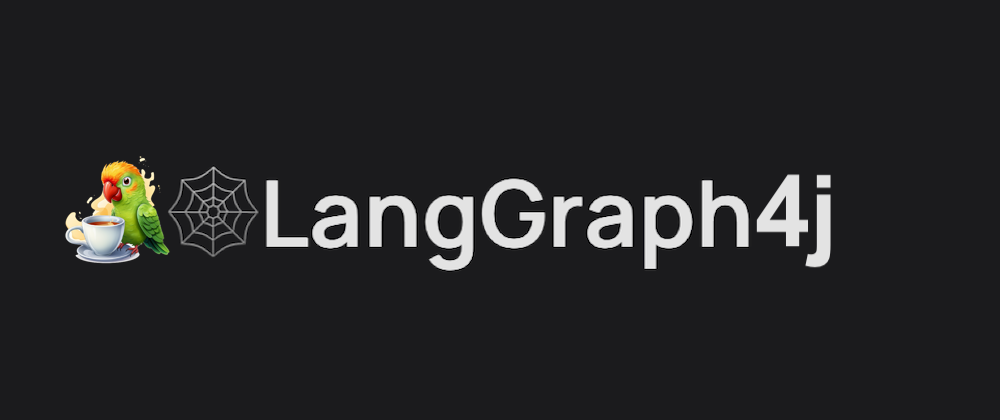LangGraph4j - Unleashing the Power of Subgraphs

LangGrap4j 1.4.0 is out 🚀
The release 1.4.0 of LangGraph4j completes the support of subgraphs. Subgraphs are useful for simplify multi-agents development, enhance code-reusability and team collaboration.
LangGraph4j has introduced features related to subgraphs, which are essentially graphs used as nodes within another graph, allowing for encapsulation and composition.
Key features and aspects of subgraphs in LangGraph4j:
Reasons for using subgraphs:
- Building multi-agent systems.
- Reusing a set of nodes across multiple graphs, especially when they share some state.
- Enabling different teams to work on different parts of a graph independently, provided the subgraph interface (input and output schemas) is respected.
Ways to add subgraphs:
As a ‘State Subgraph’
Merges the subgraph with its parent, creating a seamless integration where the parent graph and subgraph share everything (also interruptions 🤩).
Note:
Merging happens during graph compilation, and subgraph nodes are renamed to avoid conflicts. To get the real name of merged subgraph nodes from outside the graph, use
SubGraphNode.formatId( subgraphId, subgraphNodeId )
As a ‘Compiled Subgraph’
Useful when the parent graph and subgraph are indepednent but share the state.
Note:
The parent graph and subgraph state schemas should share at least one key for communication. Extra keys passed to or returned from the subgraph node will be ignored.
As a ‘node action’
Useful when a subgraph with a completely different schema is needed. Requires a node function to transform the input (parent) state to the subgraph state and transform the results back to the parent state.
Visualization
LangGraph4j includes the StateGraph.getGraph() method to get a visualization format (e.g., PlantUML, Mermaid.js). For state subgraphs, StateGraph.getGraph() provides the visualization format before merging, while CompiledGraph.getGraph() shows it after merging.
Streaming
Streaming is automatically enabled when adding both state subgraphs and compiled subgraphs, but it is up to the user to implement it when using subgraphs as node actions.
Conclusion
LangGraph4j is a side project that try to brings flexibility of the original [LangGraph] to develop stateful, multi-agents applications with LLMs in Java. I’ve released the subgraph features to continue evolving library preparing it for use in production environment . Let me know if you are interest in its usage and evolution. In the meanwhile, enjoy coding! 👋